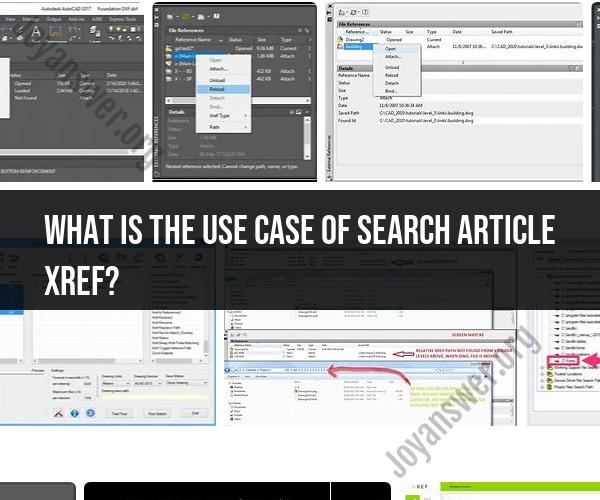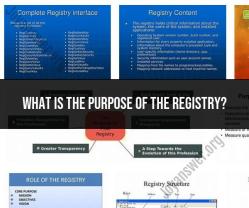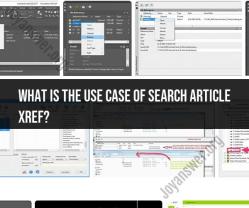What is the use case of Search article xref?
The term "Search article xref" typically refers to searching for cross-references or citations to a specific article or research paper within scholarly literature or databases. This use case is valuable for researchers, academics, and professionals who want to explore how a particular article has been cited or referenced in other scholarly works. Here's the use case explained:
Use Case: Searching for Article Cross-References (Xrefs)
User: Researchers, academics, and professionals in various fields.
Objective: To find all the articles, research papers, or documents that have cited or referenced a specific target article (referred to as "Article X") within scholarly literature, academic journals, or databases.
Why: This use case helps individuals:
Track Impact: Understand the influence and impact of a particular article within their field or research area by seeing how many times it has been cited.
Explore Related Research: Discover other scholarly works that have discussed or built upon the findings, concepts, or methodologies presented in the target article.
Stay Current: Keep up with the latest developments in a specific research area by identifying recent publications that cite the target article.
Steps:
Identify the Target Article (Article X): The user starts by specifying the exact title, author, or unique identifier (e.g., DOI or ISBN) of the article they want to find cross-references for.
Select a Search Platform: Users can choose from various scholarly search engines and databases like Google Scholar, PubMed, Web of Science, or academic library databases.
Perform the Search: Using the platform's search bar, the user enters the title, author, or unique identifier of Article X and initiates the search.
Review Search Results: The search engine returns a list of articles and documents that have cited or referenced Article X. Users can review these results, typically in the form of a list or search results page.
Access Full Text: Depending on the platform and availability, users may have the option to access the full text of the citing articles or access additional details about each citation.
Explore Citing Articles: Users can explore the citing articles to gather insights, understand how Article X has contributed to the research field, and potentially identify other relevant sources.
Benefits:
Research Validation: Identifying citations to Article X helps researchers assess the credibility and significance of their own work.
Breadth of Impact: Users can gauge the breadth and reach of their research by seeing how widely it has been cited across different publications.
Research Efficiency: This use case streamlines the process of finding related research, saving time compared to manual searches through numerous journals and papers.
Staying Informed: Researchers can stay informed about the latest developments in their field by tracking citations to their work and related topics.
Supporting Further Research: Identifying citing articles provides leads for further research and potential collaborations.
In summary, the use case of searching for article cross-references is a fundamental aspect of scholarly research, enabling individuals to understand the influence of their work, explore related research, and stay up-to-date with the latest developments in their field.



